3 Temporary Solutions to Prevent Erosion
Temporary solutions that will prevent erosion on your slope
If you have your property has a slope – taking quick action now could prevent damage from erosion. We will probably have more rain before the end of the season and if your slope is not stable read our post.
It explains erosion in the landscape, the damage it causes, and how to determine if your slope is at risk for erosion.
Our solutions are temporary but effective.
Endorsed by experts, they will stabilize your slope prevent erosion now, and give you time to plan for long-term permanent solutions.
Permanent methods are a combination of hardy vegetation (plants suited for slopes and its local environment), soil amending, grading, retaining wall(s), terracing, and mulch. Drainage may also be needed. We will cover this topic in-depth in future posts.
Erosion – what is it and where does it occur?
Erosion is runoff that occurs on a slope or hillside when the top layer of soil is loosened and worn away as a result of heavy rain and/or winds. The impacts can be devastating, not just to the landscape but to the environment as well.
How to know if your slope is at risk for erosion?
The steeper the slope, the higher risk of erosion.
If your hillside has any of these characteristics it will be susceptible to erosion.
- Previously eroded or exposed soil. Bare soil – with no vegetation or vegetation just getting established.
- Vegetation that is not hardy enough to withstand heavy rain. (mature plants past their lifespan or not suited to a slope)
- Compacted soil.
- Soil depleted of nutrients.
- Soil that has been disturbed by wildfire, construction, or human activity like tilling.
The slope pictured below has been damaged by erosion.
Erosion Damage – The Domino Effect
Collecting all of the pollutants in the soil, runoff washes down the slope and into your public waterways, contaminating them.
The sediment produced is a who’s who of hazardous waste including motor oil, detergents, herbicides, and pesticides.
Besides having the potential of damaging structures and endangering people, it can ruin your landscape, particularly high-value trees and shrubs.
3 Temporary Solutions
Straw Wattles
A straw wattle is a horizontal barrier made of compressed straw tubing approximately 8 to 12 inches in diameter. Designed to block the flow of water down a slope, it’s wrapped (envision a large sausage) in bio-degradable materials such as jute. As we said, this is a short-term solution to stabilize your slope, controlling erosion. (See a list of materials below).
- Straw tubing – You can purchase 6′-20′ lengths at home improvement stores. (inexpensive)
- Wooden stakes – 18 – 24 inches per wattle.
- Hand tools such as shovels
- Small machines for plowing trenches (as needed)
Proper installation of straw wattles is critical for them to be effective in controlling erosion.
Wattles are installed in small trenches (3-5 inches deep) across a hillside in a shallow slope. They should be effective for one to two years. What’s great about them – they will degrade right into the soil.
Stake them on each side of the wattle and in the center.
Leave 2-3 inches of the stake protruding from the top.
Make sure there is no space between the trench and straw wattles – crucial for its success
Mulch
Mulch helps control erosion. However, it may need to be secured with jute netting.
Scroll down to read about jute netting.
Organic materials are recommended, even though we in the San Francisco Bay Area have the added concerns of wildfire.
Shredded bark is the best mulch for controlling erosion by stabilizing your slope. (See photo below)
It binds to the soil more effectively. A benefit – as it decomposes will impart nutrients to the soil.
No large wood chips. They are attractive but will float down your hillside in the next rainstorm.
Do not use gorilla hair mulch. This material is extremely flammable.
If your hillside is completely exposed, cover it completely with mulch that is at least two or three inches. Some experts recommend more. This lessens the impact of rain or wind.
Other options can include gravel or rock.
Jute Netting
As said above, jute netting may be needed to secure your mulch, depending on how steep your slope is.
Also called erosion control netting, or a jute blanket, this product is a fantastic way to protect your slope from erosion. Like wattles, it’s all-natural. Mesh – made of 100% biodegradable material (from the jute plant) that will decompose right into the landscape. The eco-friendly material is beneficial for the soil and the open weave lets in light to stimulate plant growth. Plus, it’s inexpensive.
This erosion control method is not recommended for every slope: It may not work for slopes that are very steep, sandy, or rocky hillsides, or slopes impacted by wildfire. Talk to a professional.
You can install jute netting directly on exposed soil of a slope, or on top of mulch, to secure it in place.
Where to purchase
It is widely available online and at your local home improvement store.
How to install
Dig a trench at the top of the slope to anchor the netting (experts say either 6 – 8″ wide)
The trench should be about 2-3 feet from the peak of the slope.
Affix the top end of the netting with stakes and/or staples into the trench and backfill.
Begin rolling the netting down the slope. The number of jute netting rolls will depend on the width of your slope.
Once the entire area is covered, fasten with anchor pins/or staples.
Note: The link above is to a PDF with instructions on installing jute netting by the US Department of Agriculture.
Sources
I used several sources to compile this information.
USDA – They have a downloadable PDF on jute netting
UC Agriculture and Natural Resources – They have lots of information on erosion.

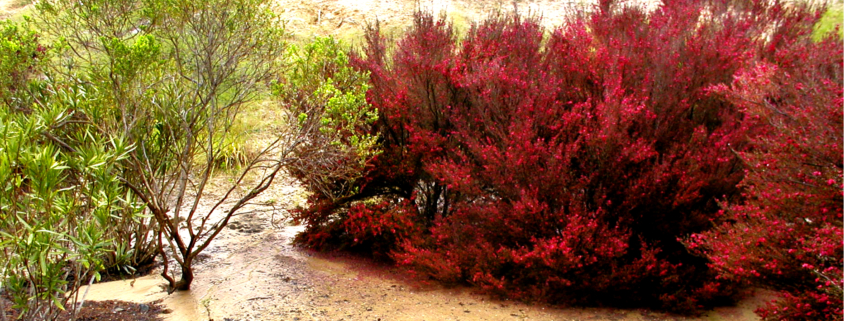
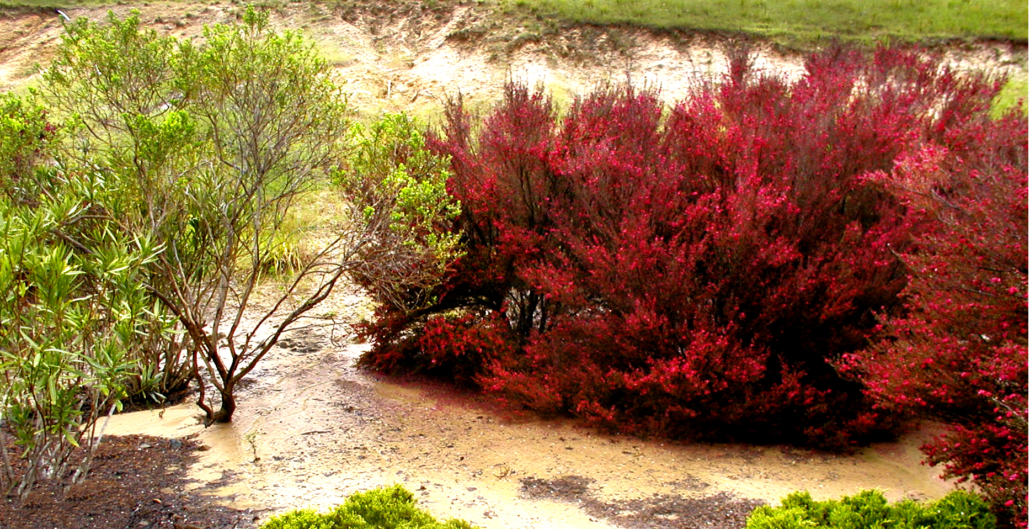
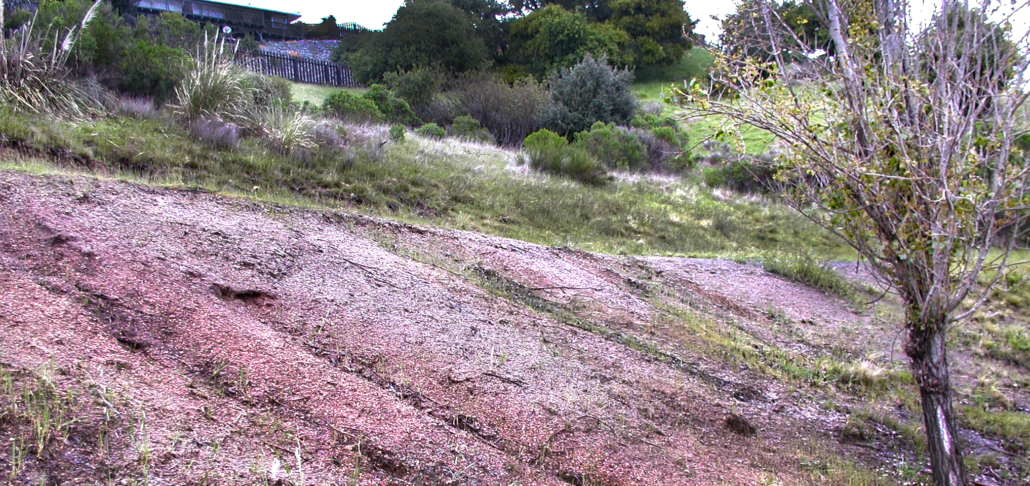
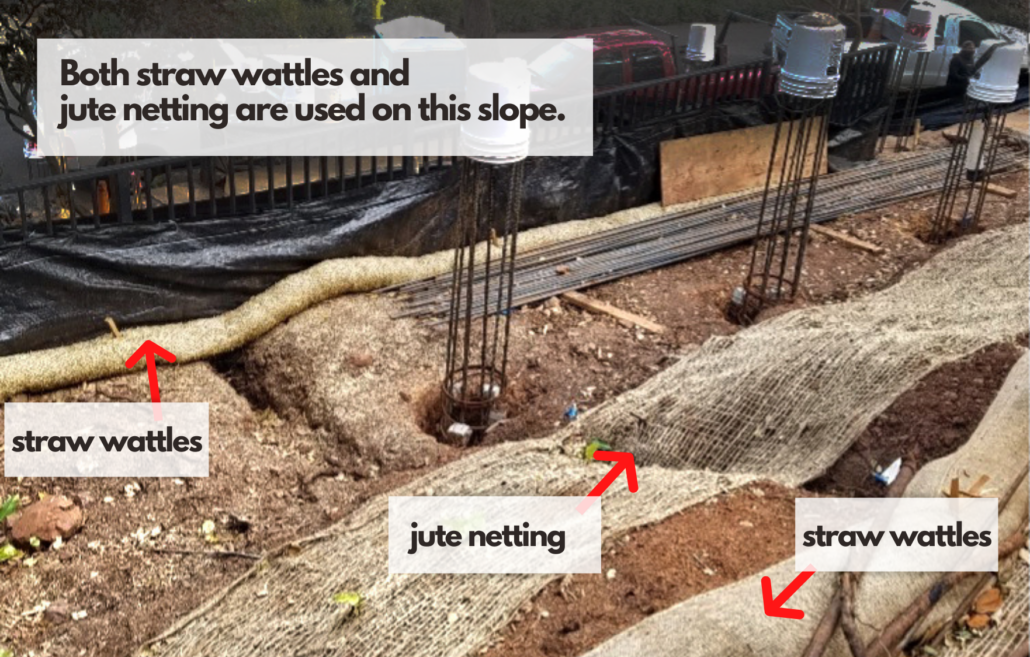
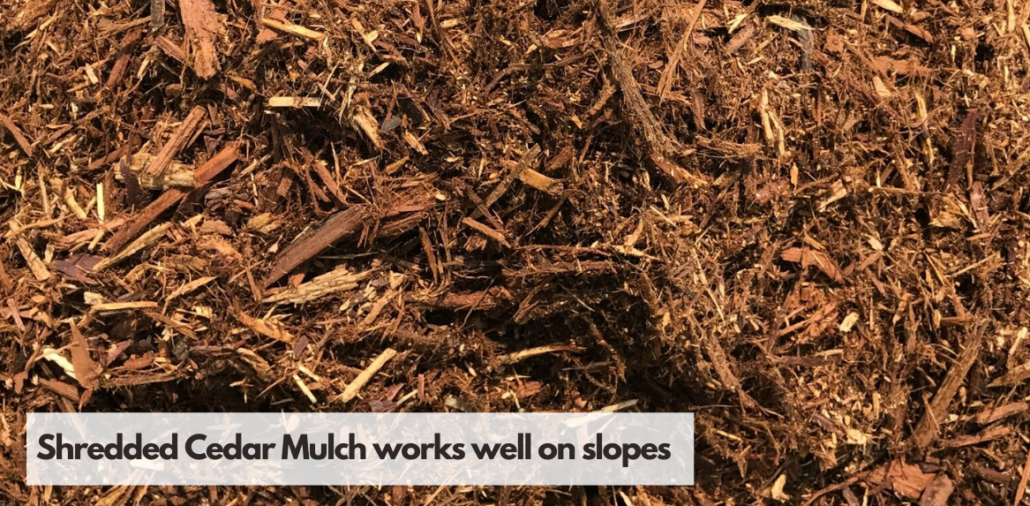
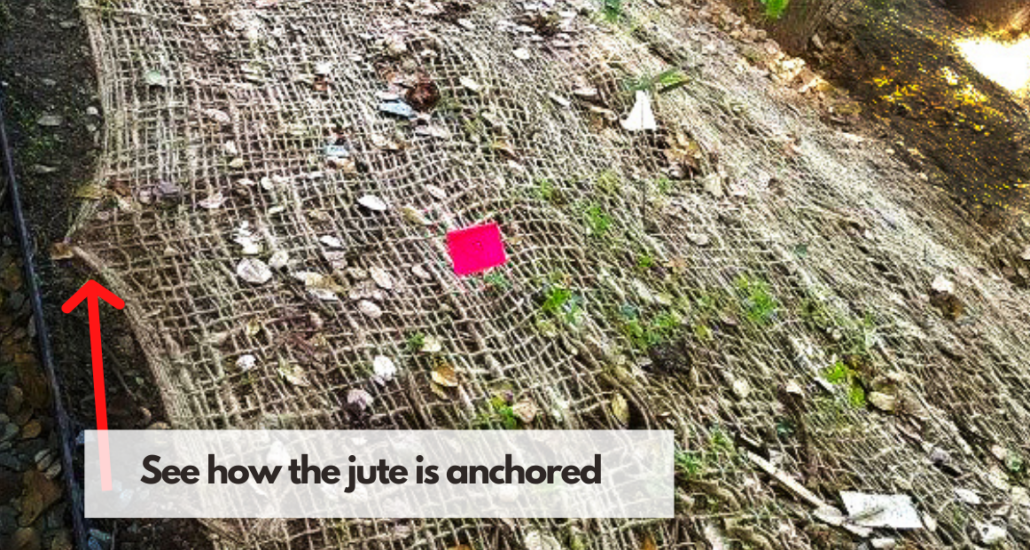

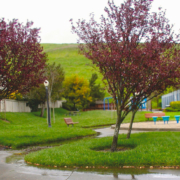
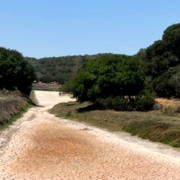


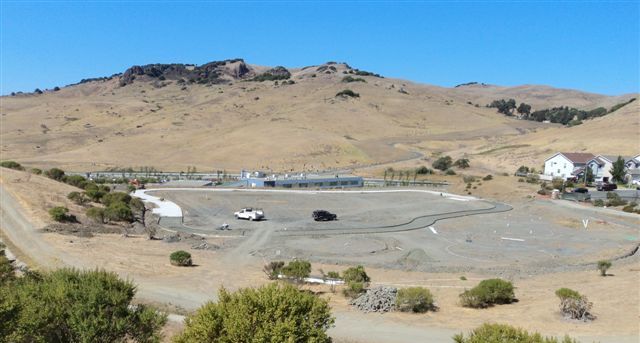

Useful and educational information that should benefit many. Time is now while conditions remain dry to implement these erosion control solutions. Counting on receiving more rain this season.
Thanks for sharing
I’m glad that you talked that your soil is being contaminated which is the reason for erosion. A couple of days ago, my father mentioned that he was planning to have a sanding utility ditches process to enhance the appearance and function of their curb. He asked if I had any idea what would be the best option to consider. I’m grateful for this informative article. I’ll tell him that consulting a well-known sanding utility ditches service can provide information about the process.
Thank you for explaining how jute netting can help with securing your mulch. I’ve been wondering what kind of steps we can take to prevent erosion on our property while we get a retaining wall installed. I’ll have to look into this solution and try it out.
It was very interesting that proper installation of straw wattles is critical for them to be effective in controlling erosion. I underlined some information for myself. I also think you will be interested in reading this article on how cover crops can be an effective temporary solution to prevent soil erosion.